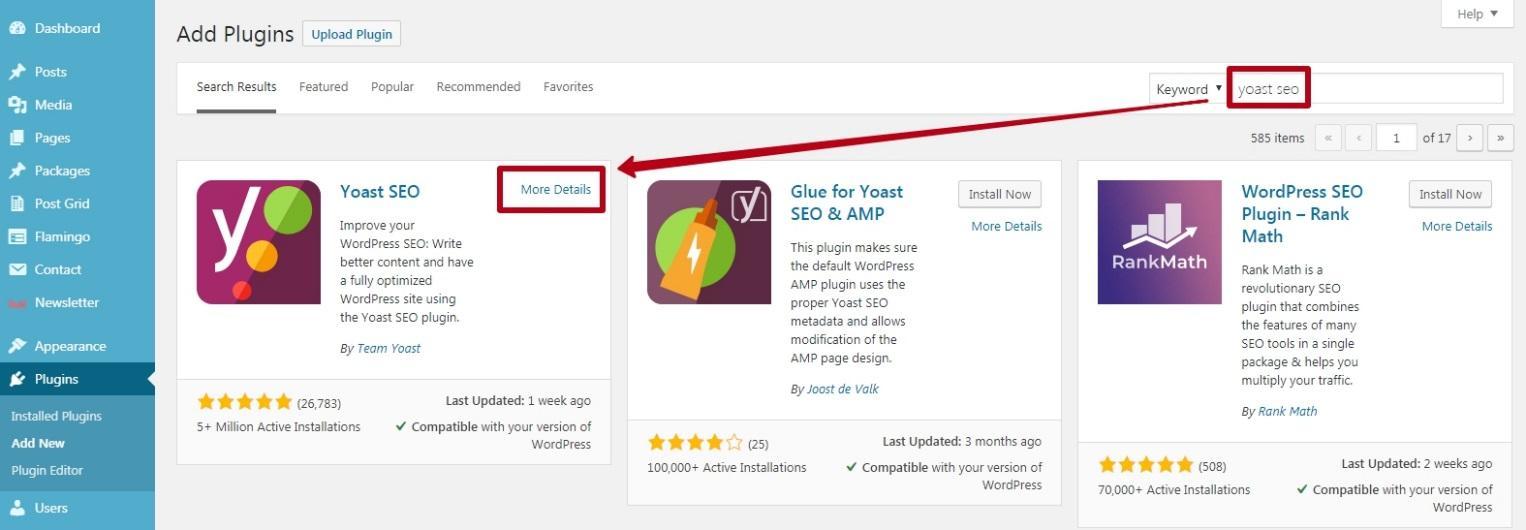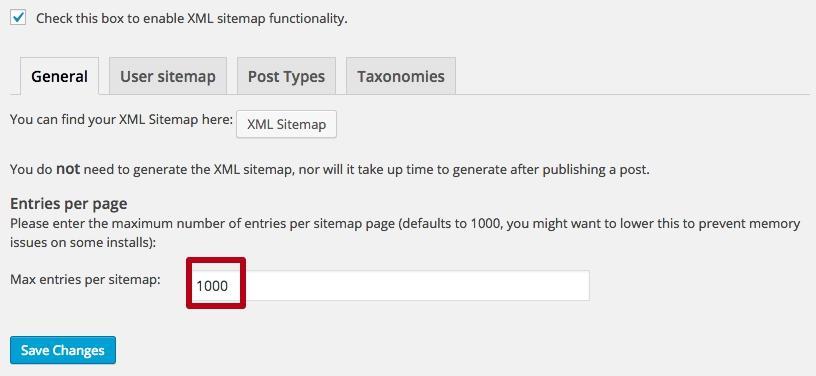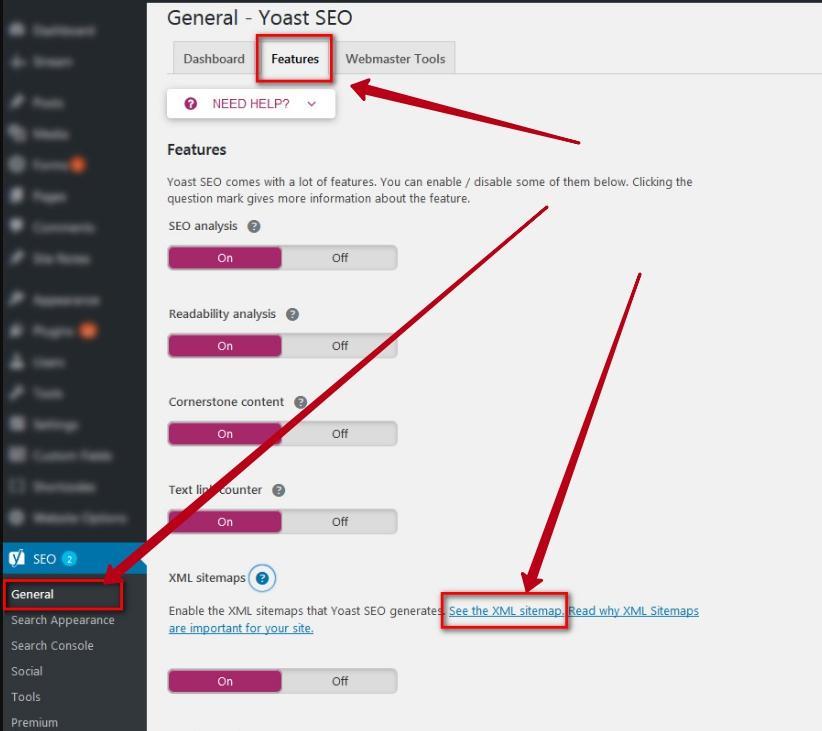Start Exploring Keyword Ideas
Use Serpstat to find the best keywords for your website
How to create a sitemap for Google

Why is an XML sitemap so important?
- search for recently added pages on your site;
- identify changes on the old pages of your web resource;
- determine which pages should have prioritized indexing and which not;
- set the frequency of page indexing.

To prevent this from happening, there are several convenient ways to develop a sitemap.
Services for building XML Sitemap
At CyberShark, we haven't been considering it for a long time because we mainly work with Wordpress (for service websites, information portals, company sites) and OpenCart. These systems, fortunately for programmers (who don't need to do anything) and the enthusiasm of SEO specialists, have built-in tools to make a sitemap on your own.
We are really concerned about the internal site optimization, and therefore we are trying to do the sitemap with pinpoint accuracy so that search engines have nothing to complain about.
General rules for building an XML sitemap

- split the map into several parts (for example, by page type or taxonomy);
- compress the sitemap using the archiver so that it has the .gz extension;
- analyze what types of pages you don't need in the sitemap and delete them (in case your service pages or URLs automatically generated by filters and sorting get to your sitemap).
How to generate a sitemap using CMS tools?
Step 1: Install the Yoast SEO Plugin

After activating the plugin, go to SEO settings and select the XML sitemap:

1) Set the maximum number of URLs added to one map (by default there are 1000, but you can set up to 50,000):



What is most convenient in this plugin?
- by default, this plugin distributes URLs into three different folders by page type; Yoast thrives for the future and believes that your website is growing huge, so one sitemap won't be able to do much:

- the sitemap is generated in user-friendly form like this:

But from my own experience, I can say that Google-bots appreciate this sitemap as well. The most important thing is simply to have it.
OpenCart's XML sitemap is also pretty simple. The Google Sitemap module will help us with this.
Go to Extensions and choose the extension type "Feeds" →

Opposite the module name, click "Activate" (if it's disabled), and then click "Edit":


- ask the developer to configure the sitemap at nice-looking URL at site.com/sitemap.xml;
- just don't pay attention to this and configure a redirect from site.com/sitemap.xml to this bad-looking, but acceptable URL address (unlike the map generated by the Yoast SEO plugin in WordPress, there is no automatic adding of redirect).
Next steps once the sitemap is generated
Sitemap: http://site.com/sitemap.xml
If your sitemap URL is different, paste here the one by which the bot will immediately find it. Don't make him surf through unnecessary redirects.

We wish you fast indexing and high ranking!
Speed up your search marketing growth with Serpstat!
Keyword and backlink opportunities, competitors' online strategy, daily rankings and SEO-related issues.
A pack of tools for reducing your time on SEO tasks.
Discover More SEO Tools
Tools for Keywords
Keywords Research Tools – uncover untapped potential in your niche
Serpstat Features
SERP SEO Tool – the ultimate solution for website optimization
Keyword Difficulty Tool
Stay ahead of the competition and dominate your niche with our keywords difficulty tool
Check Page for SEO
On-page SEO checker – identify technical issues, optimize and drive more traffic to your website
Recommended posts
Cases, life hacks, researches, and useful articles
Don’t you have time to follow the news? No worries! Our editor will choose articles that will definitely help you with your work. Join our cozy community :)
By clicking the button, you agree to our privacy policy.

